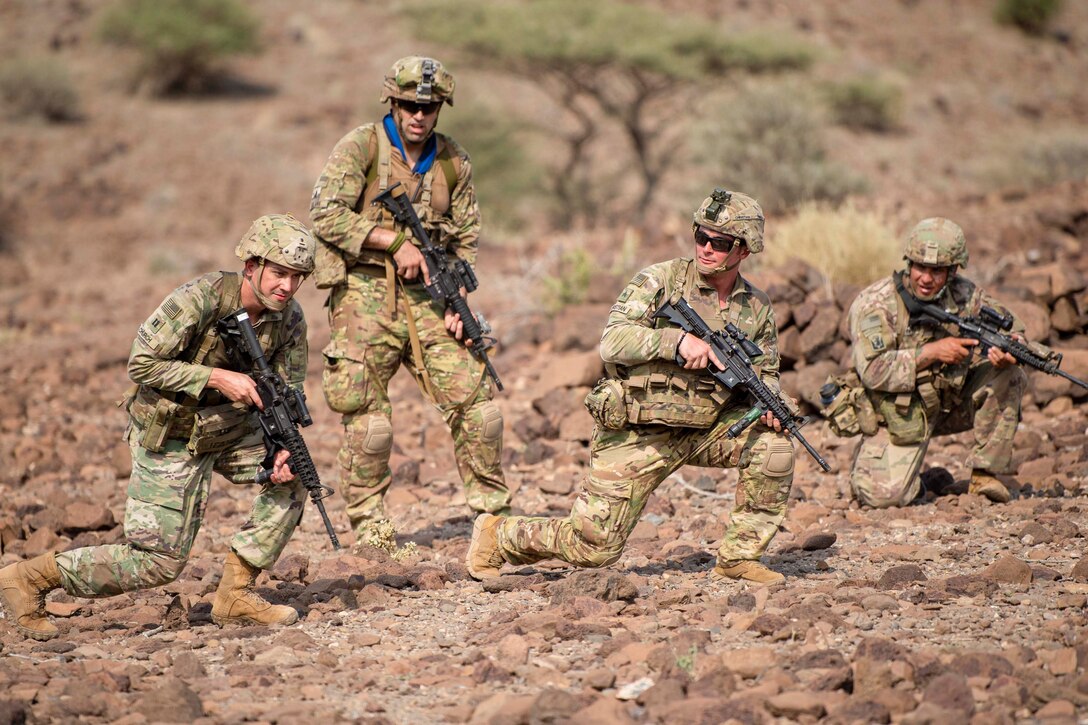![]() News
Sept. 2, 2021
|
BY C. Todd Lopez
, DOD News
News
Sept. 2, 2021
|
BY C. Todd Lopez
, DOD News
The U.S. Space Command provides capability to warfighters, including
those in precision fires; leaders involved in fires should also be
prepared — and prepare soldiers — to operate without that space
capability in case the environment is denied or degraded, the Spacecom
commander said.
Spacecom provides, among other things, position navigation and
timing, satellite communications, intelligence, surveillance, and
reconnaissance capabilities and missile warning to warfighters, said
Army Gen. James H. Dickinson, who spoke Wednesday at the 2021 Fires
Conference at Fort Sill, Oklahoma.
"I'm responsible for providing that to you as the warfighter," he
said. "I want to make sure you know where you're at. [I] want to make
sure that you should know if that's been denied to you or degraded for
you. In other words, when you go out to your units, when you become
commanders, you should always remember that you may be in a degraded or
denied environment."
Dickinson said he was pleased to see at Fort Sill, Oklahoma, that
artillery soldiers were practicing use of the M2 aiming circle — a
non-electronic, mechanical and optical device — to aim their guns.
"They were setting in that weapon system ... they weren't using GPS,"
he said. "They were doing something that they absolutely have to be
able to do in the event that they don't have that signal. And that might
not be for a long time, but it might be at a critical point on the
battlefield where you have to be, in order to provide your effect —
whatever that is — and you can't get to that."
Dickinson told officers at the Fires Conference that the capabilities
Space Command provides — GPS, communications, and ISR, for
instance — are phenomenal and greatly enhance their ability to operate.
But they must be prepared for when, even for a short time, that
capability is denied them by the enemy.
The general said he believes that at training centers, scenarios now
involve degraded environments to force participants to fall back on
older methods to accomplish their mission.
"I think they are creating those effects at the National Training
Center, at combat training centers, so that you get a feel for what
that's like and having to go back to like an M2 aiming circle or even a
lensatic compass and a map, if you have to," he said. "But I think you,
we, have to be prepared that you will be in a degraded or denied
environment. And, so, understanding what that means and how you can
mitigate that will be even more important."






















